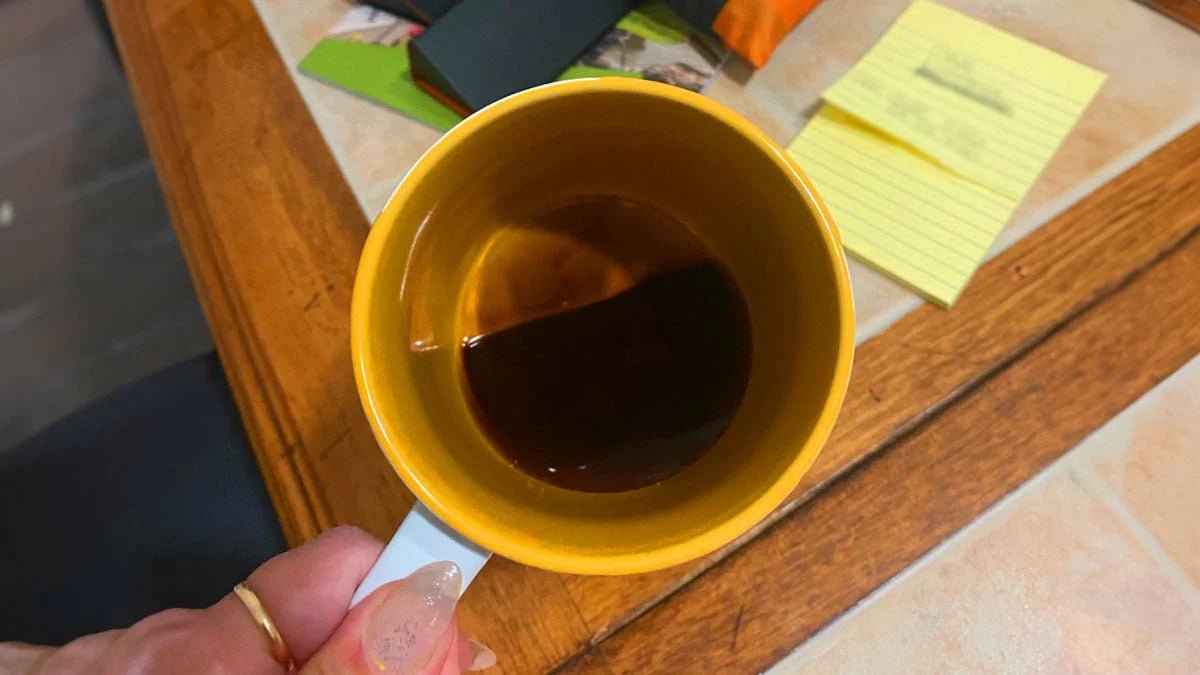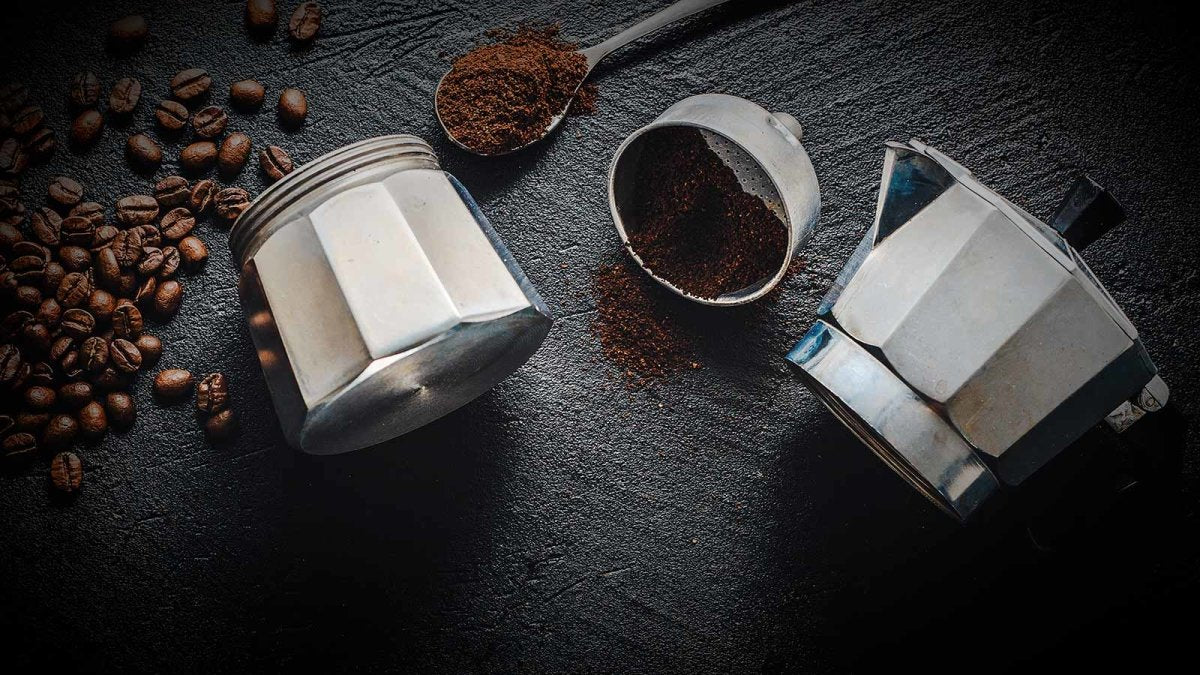The coffee sediment at the bottom of your cup is a common experience for coffee lovers. This phenomenon is often seen as a nuisance, but understanding why it happens can not only enrich your tasting experience but also improve the quality of your coffee. This article explores the reasons behind the formation of these sediments and offers tips for preparing coffee in a way that minimizes this occurrence.
Causes of Coffee Sediment
Type of Coffee Used
The type of coffee you use plays a crucial role in the formation of sediments. Very finely ground coffees, such as those used for espresso or Turkish coffee, are more likely to leave residues. These fine particles are small enough to pass through some filters, ending up at the bottom of your cup.
Preparation Method
The method of preparing coffee also influences the presence of sediments. For example:
- French Press: This method uses a metal filter that does not retain all the fine coffee particles, leading to significant sediment.
- Turkish Coffee: Prepared without filtration, this coffee naturally contains sediments due to the extremely fine grind used.
- Espresso: Although prepared under high pressure, espresso can also leave sediments if the coffee is ground too finely or if the machine is not well maintained.
Filter Quality
Low-quality or damaged filters let more coffee particles through. Even the best filters cannot always retain the smallest particles, especially if the coffee grind is extremely fine.
Turbulence During Pouring
When you pour water or coffee too vigorously, you can stir up coffee particles that then float in suspension before settling at the bottom of the cup. Gentle handling can reduce this phenomenon.
Tips for Minimizing Coffee Sediment
-
Use a Quality Filter: Investing in high-quality filters can significantly reduce sediments. Fine mesh paper filters are particularly effective.
-
Choose the Right Grind: Match the coffee grind to your preparation method. For a French press, a coarser grind is ideal, while a medium grind is suitable for drip coffee makers.
-
Maintain Your Machine: Ensure your coffee machine is regularly cleaned and well-maintained. Accumulated residues can affect the quality of your brew and increase sediments.
-
Pour Gently: During preparation and serving, pour water or coffee slowly to minimize agitation of the particles.
Preparation Tips for Perfect Coffee
In addition to reducing sediments, it is essential to follow some preparation tips for a superior quality coffee:
-
Use Quality Water: Water makes up more than 98% of your cup of coffee, so use filtered or spring water for better flavor extraction.
-
Control Water Temperature: The ideal temperature for brewing coffee is between 90 and 96 degrees Celsius. Water that is too hot can burn the coffee, while water that is too cold will not extract flavors optimally.
-
Respect Proportions: Use about 10 grams of coffee for 180 ml of water for a perfect balance between strength and flavor. Adjust according to your personal preferences.
-
Grind Coffee Just Before Preparation: Ground coffee quickly loses its aromas. For a fresher and more flavorful cup, grind the beans just before brewing your coffee.
Conclusion
Understanding why coffee sediments form and how to minimize them can transform your tasting experience. By choosing the right grind, using quality filters, and adopting good preparation practices, you can enjoy a cleaner and more flavorful cup of coffee. Next time you brew a cup, consider these tips for an optimal result.
What types of coffee and preparation methods do you usually use? This could help us provide even more precise advice for your specific case.




Leave a comment
This site is protected by hCaptcha and the hCaptcha Privacy Policy and Terms of Service apply.